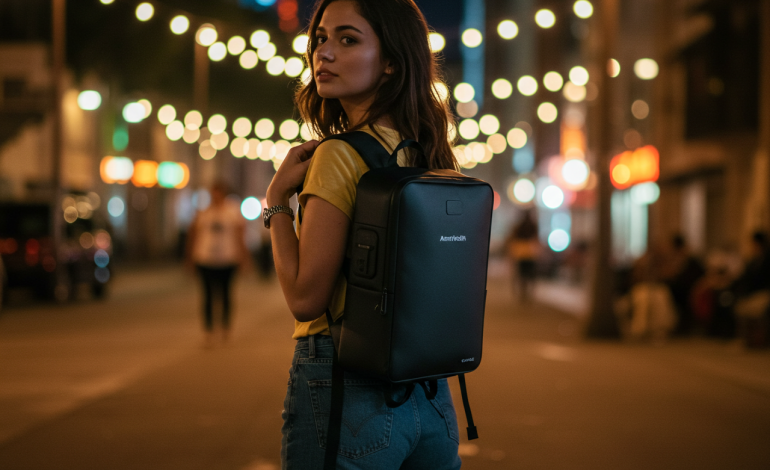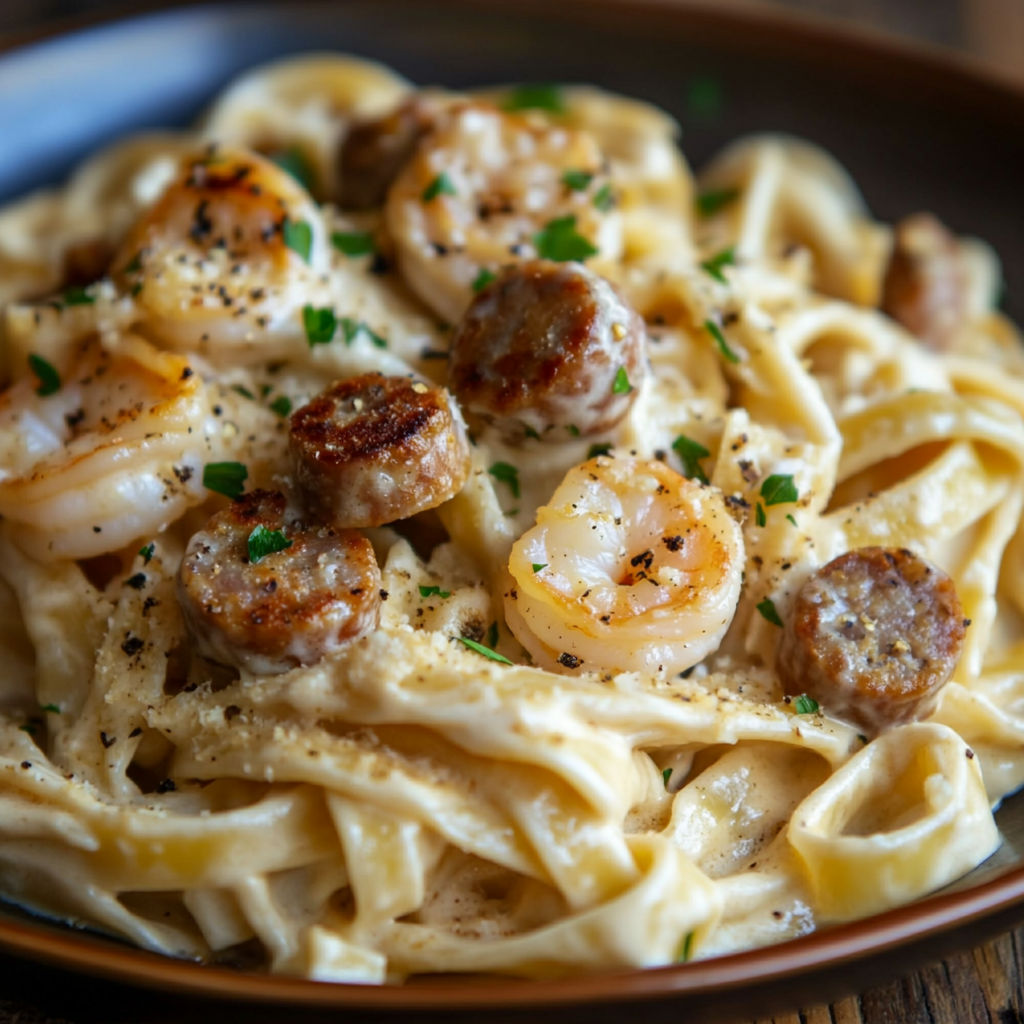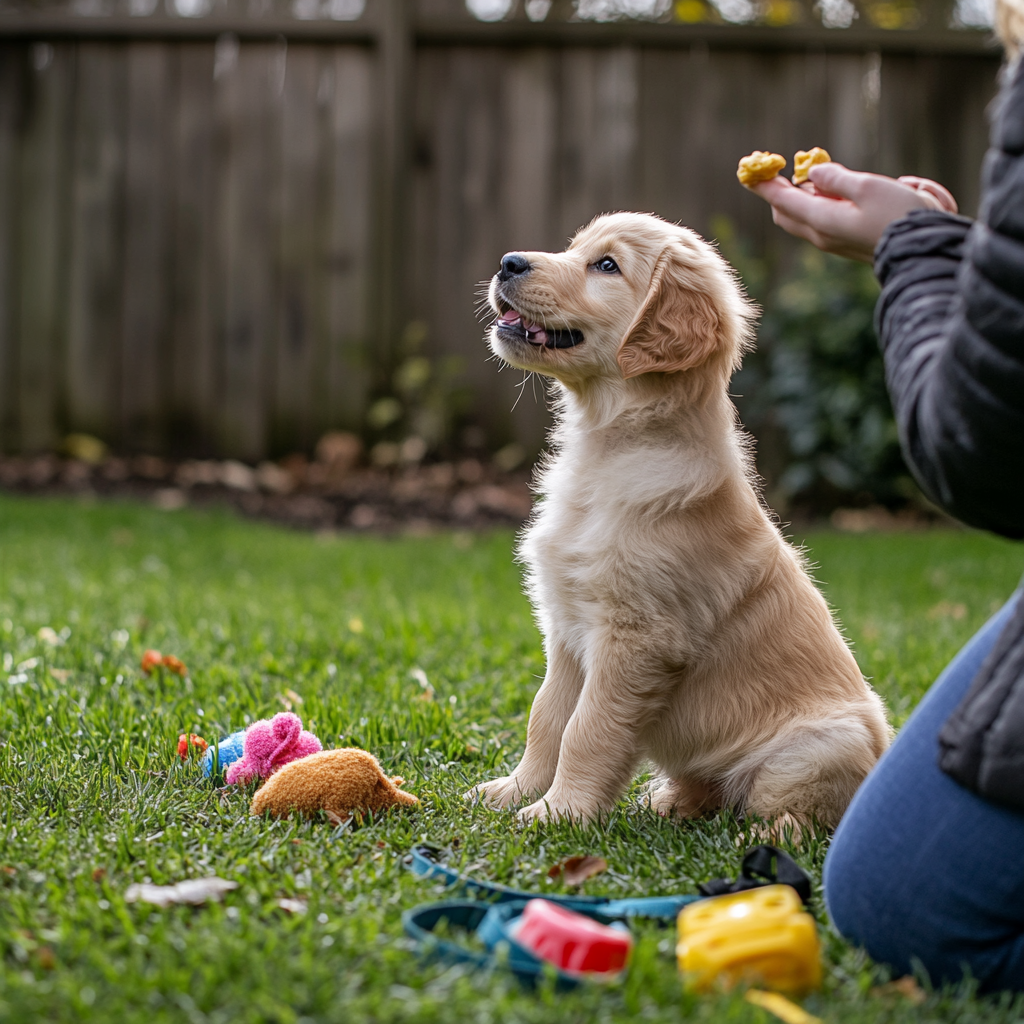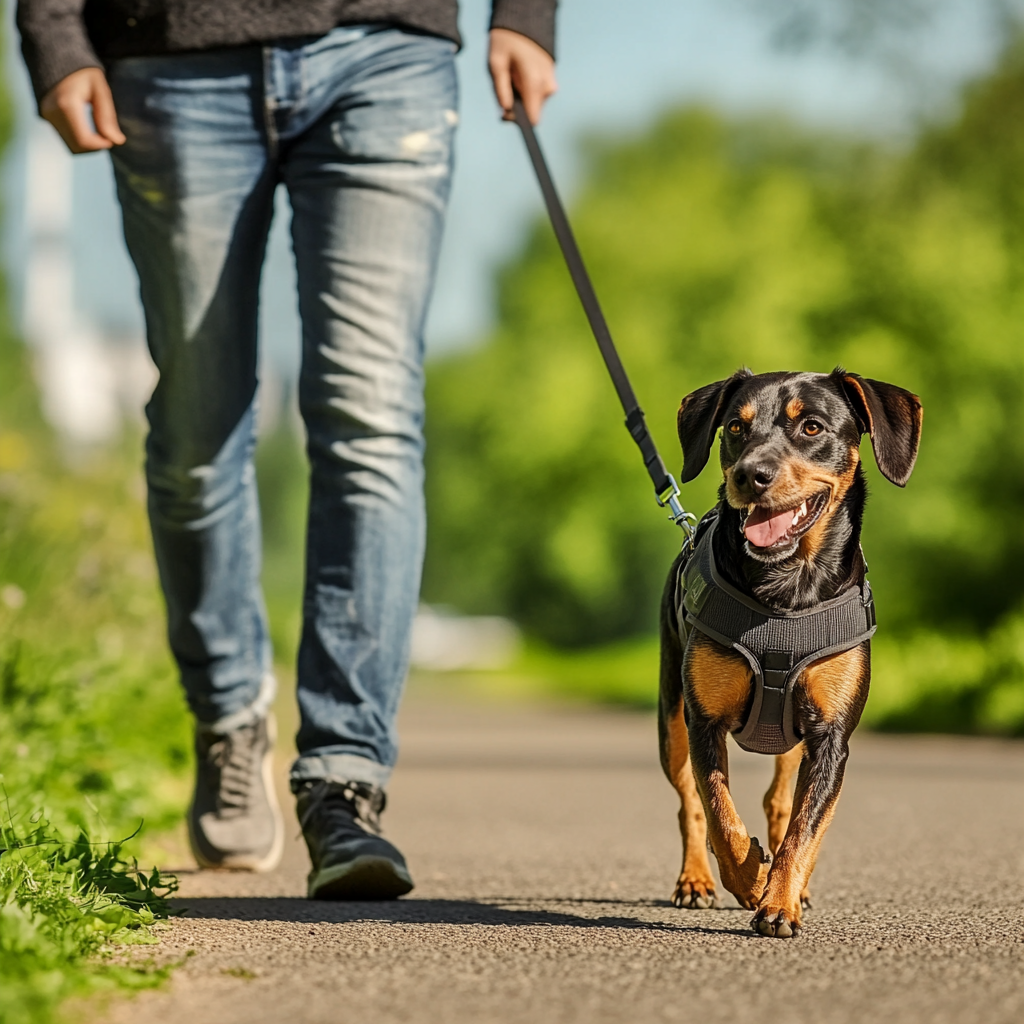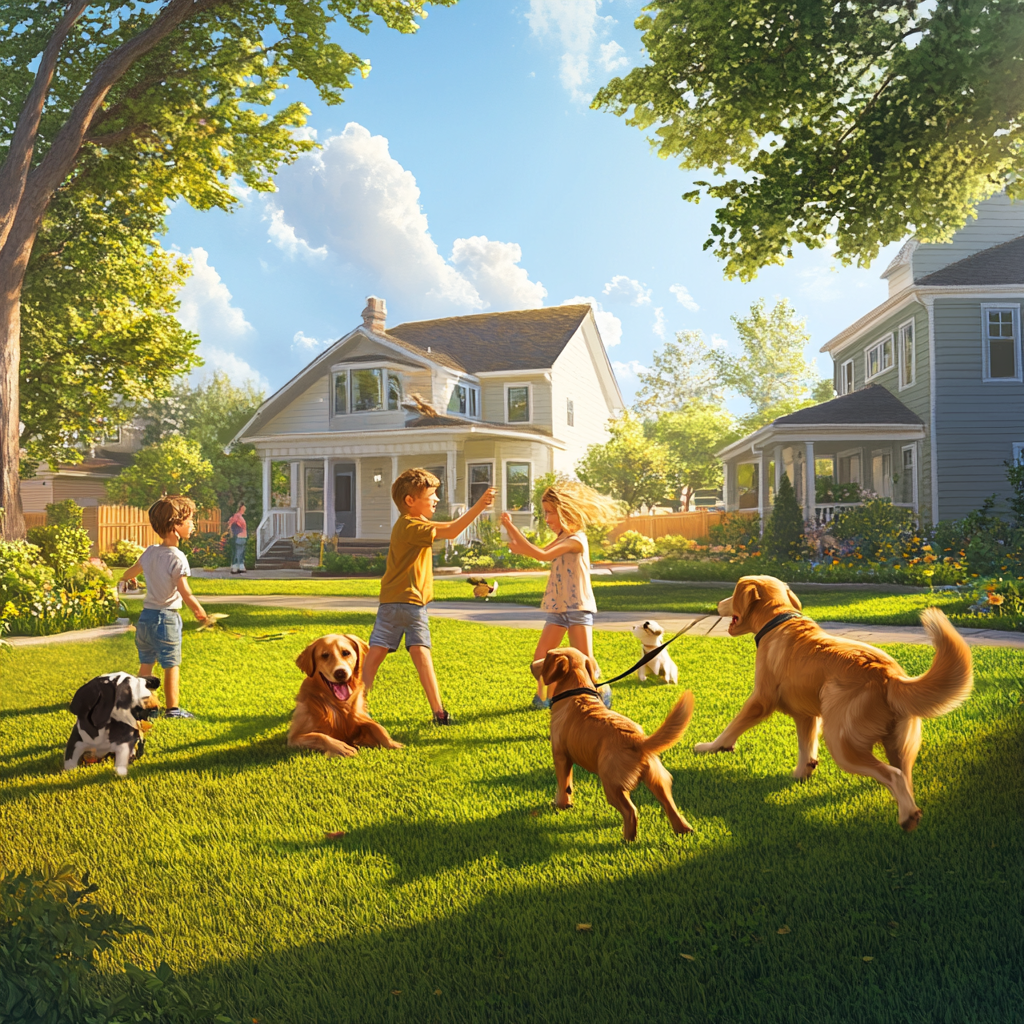How to Train a New Puppy: A Step-by-Step Guide for Beginners
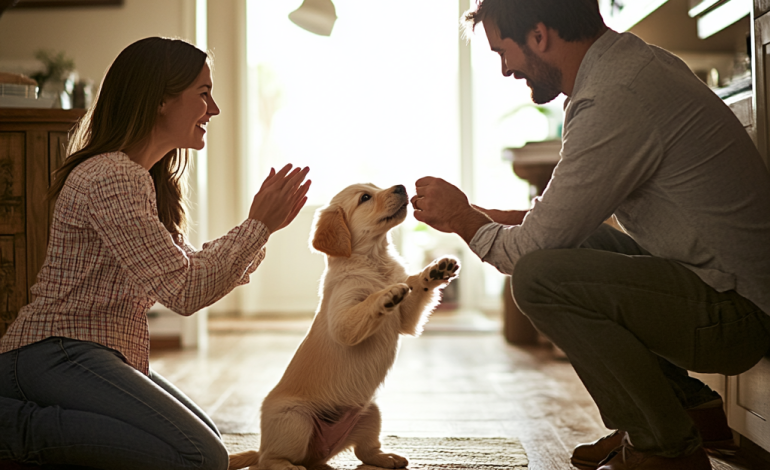
Training a puppy can be an exciting yet challenging task. In this guide, we’ll show you How to Train a New Puppy effectively and ensure they grow into a well-behaved companion. With consistency, patience, and positive reinforcement, you’ll build a strong bond with your furry friend.
Why Puppy Training is Important
Understanding How to Train a New Puppy is essential for creating a harmonious relationship between you and your pet. Training helps to:
- Establish trust and communication.
- Prevent behavioral issues before they arise.
- Ensure the safety and well-being of your puppy and those around them.

Training early allows you to shape your puppy’s behavior and create lifelong habits.
Step-by-Step Guide on How to Train a New Puppy
Start with Potty Training
Potty training is often the first step in learning How to Train a New Puppy. Follow these tips:
- Create a Routine: Take your puppy outside first thing in the morning, after meals, and before bedtime.
- Use Positive Reinforcement: Reward your puppy immediately after they go in the correct spot with treats or praise.
- Avoid Punishment: Clean accidents without scolding your puppy to prevent fear or confusion.
Teaching Basic Commands
Teaching basic commands is a crucial part of learning How to Train a New Puppy. Here are the essentials:
- Sit: Hold a treat near your puppy’s nose and move it upward, prompting them to sit. Say “sit” and reward.
- Stay: Once your puppy sits, open your palm and say “stay.” Step back and reward them for staying still.
- Come: Use a cheerful tone, say “come,” and reward your puppy when they approach.
Consistency is key to reinforcing these commands.
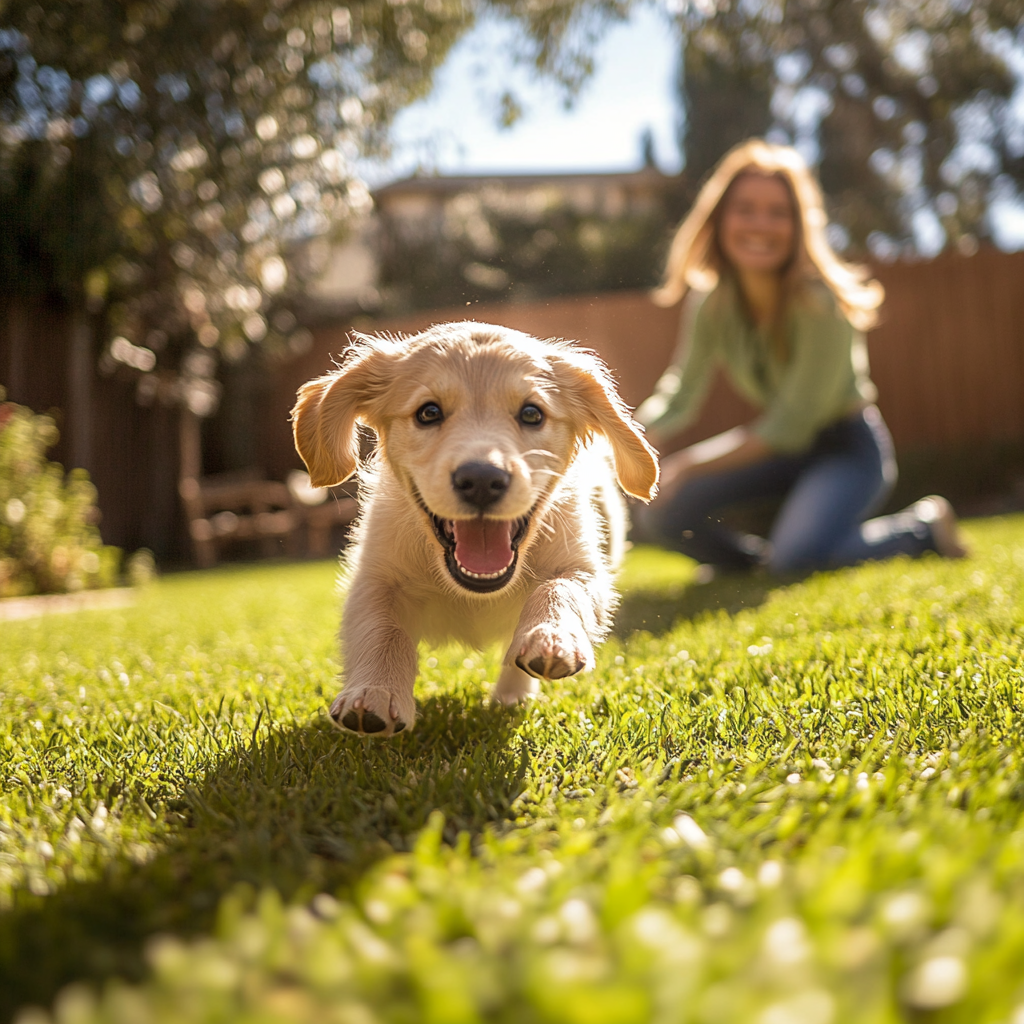
Socializing Your Puppy
Proper socialization is a vital part of training:
- Expose your puppy to different people, animals, and environments to reduce fear or aggression.
- Arrange playdates with other puppies to build confidence and develop good behavior.
- Keep experiences positive by using treats and praise.
Addressing Common Challenges While Training
Training a new puppy comes with its hurdles. Here’s how to tackle common issues:
- Chewing: Provide chew toys and discourage chewing on furniture by redirecting their attention.
- Barking: Teach the “quiet” command and reward silence during barking episodes.
- Jumping: Ignore jumping behavior and reward your puppy when all four paws are on the ground.
FAQs: Frequently Asked Questions on How to Train a New Puppy
- At what age should I start training my puppy?
Start training as early as 8 weeks old. Puppies are more receptive to learning during their early developmental stages. - How long should training sessions be?
Keep sessions short, around 5-10 minutes, to match your puppy’s attention span. - Can I train my puppy without treats?
Yes, but treats are highly effective for motivation. You can also use toys or verbal praise. - How do I train a stubborn puppy?
Stay patient and consistent. Use positive reinforcement and consult a professional trainer if needed. - Should I use a crate for training?
Yes, crate training provides a safe space for your puppy and helps with potty training.
Conclusion
Knowing How to Train a New Puppy requires patience, consistency, and love. By starting with basics like potty training, teaching commands, and socializing, you’ll create a foundation for a lifetime of good behavior. Embrace the journey and enjoy the bond you’ll develop with your new best friend.


